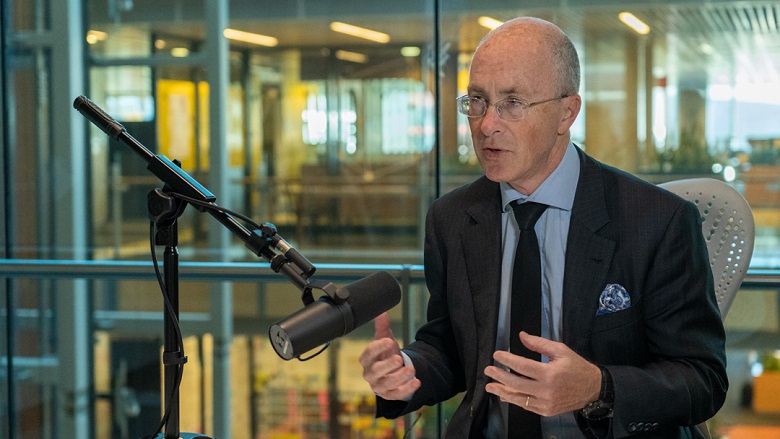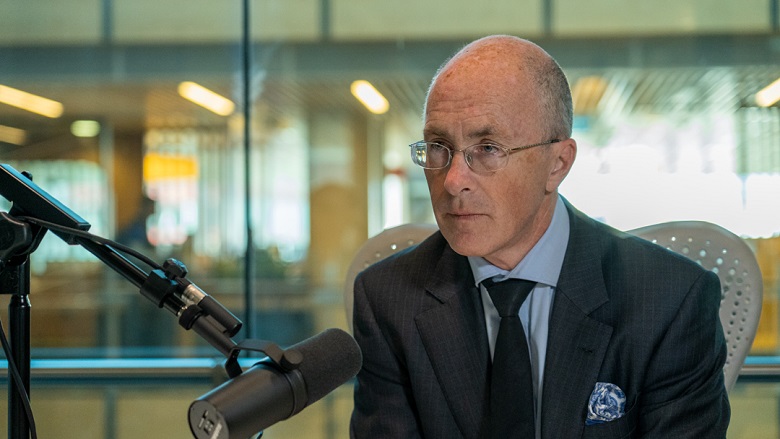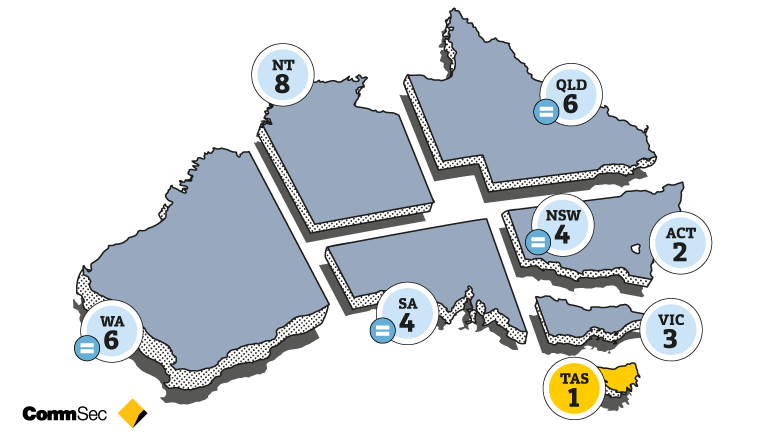COVID, monetary policy, and the appointment of Joe Biden as the next US president will likely be the ‘Big Issues’ in 2021, according to CommSec’s chief economist, Craig James.
CommSec recently published its 20th annual Big Issues report which highlights the key items that are expected to influence the economy and financial markets over the forthcoming 12 months.
The current coronavirus pandemic, which has dominated news headlines and impacted global economies throughout 2020, is likely to remain a big issue in 2021.
“Europe and the US are currently experiencing second waves of the virus, driving case numbers to record highs and necessitating fresh lockdowns,” Craig James said.
“The good news is that an effective vaccine is expected to be distributed across the globe, with vaccinations already commencing in the UK. And treatments for the virus are also being developed. The economic outlook will clearly be dictated by the virus and how quickly vaccines can stem case numbers and allow economies to start repairing.”
In addition to the progression and potential eradication of COVID, Mr James said another key focus for 2021 will be the inauguration and subsequent presidency of Former US Vice-President, Joe Biden.
“Investors hope that US President-elect Biden announces a stimulus package of at least US$1 trillion, which could boost US economic growth, returning the economy to pre-pandemic levels by the end of 2021,” he said.




